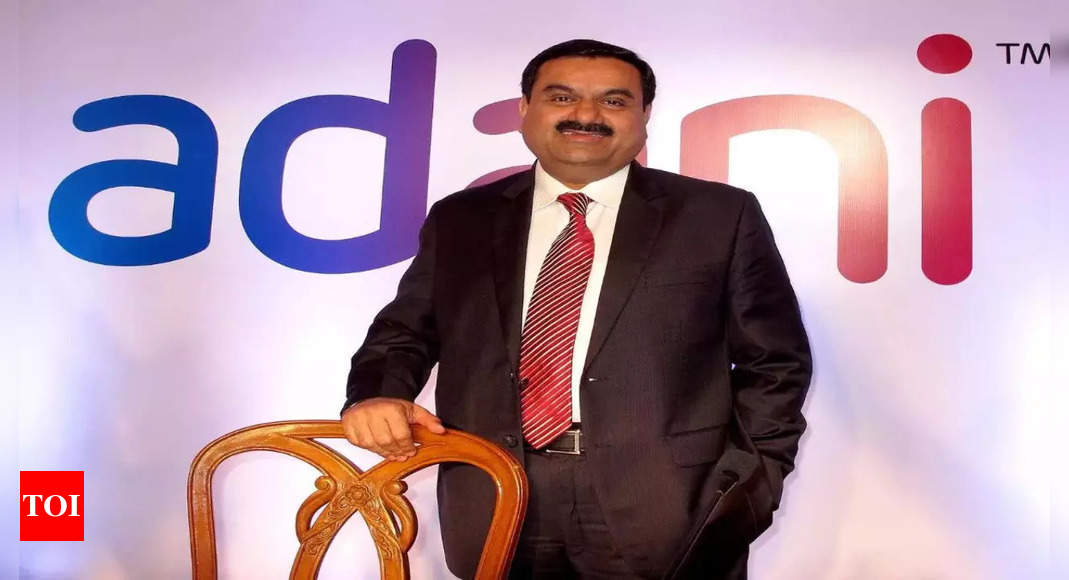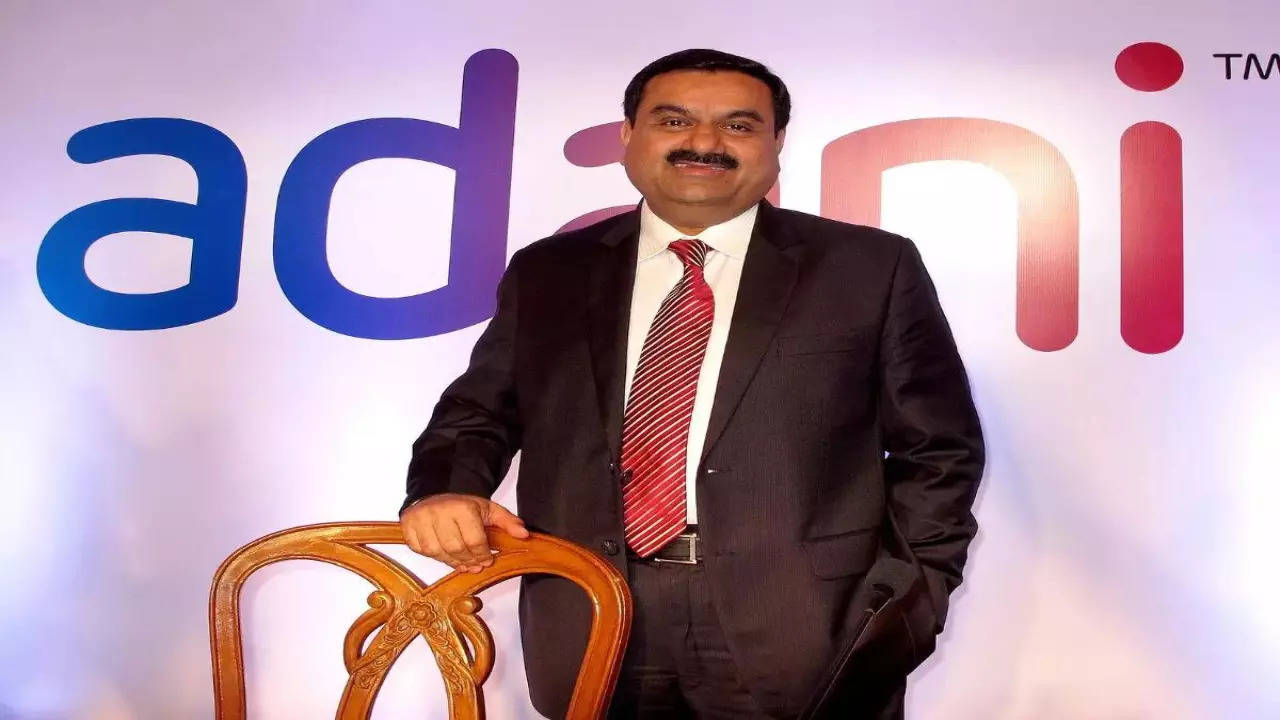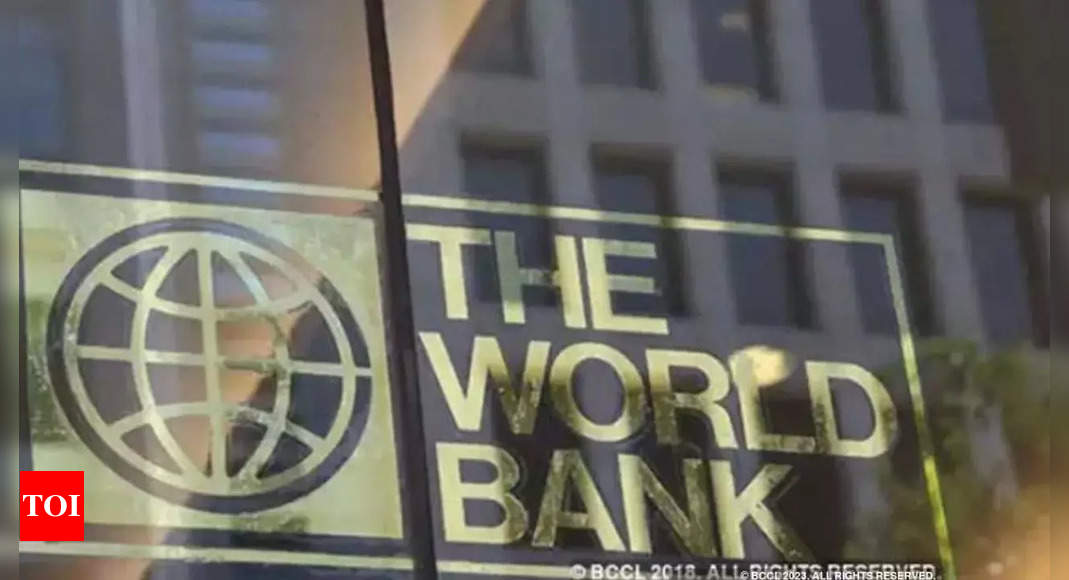New Delhi: Billionaire Gautam Adani-led conglomerate is building the world’s largest single-location copper manufacturing plant in Gujarat’s Mundra, which will help reduce India’s dependence on imports and aid in the energy transition, sources said. he said. The US$1.2 billion facility will begin phase one operations by the end of March and full-scale 1 million tonne capacity operations by fiscal 2029 (March 2029), two sources with knowledge of the matter said.
India joins China and other countries that are rapidly increasing production of copper, a metal critical to the transition away from fossil fuels. Technologies critical to the energy transition such as electric vehicles (EVs), charging infrastructure, solar photovoltaics (PV), wind and batteries all require copper.
Kutch Copper Limited (KCL), a subsidiary of the group’s flagship company Adani Enterprises Limited (AEL), is setting up a greenfield copper refinery project to produce refined copper with a capacity of 1 million tonnes per annum in two phases.
For Phase-1, capacity of 0.5 million tonnes per annum, KCL achieved financial closure in June 2022 through a syndicated club loan.
“Adani wants to become a global leader in the copper business by leveraging Adani Group’s strong position in resources trading, logistics, renewable energy and infrastructure,” one of the sources said. “Their aim is to become the world’s largest copper smelting complex by 2030.”
He said the per capita copper consumption in India is estimated at around 0.6 kg, while the global average is 3.2 kg.
“India’s drive towards clean energy systems, increasing penetration of electric vehicles and many related applications is expected to double domestic copper demand by 2030.”
“The Adani Group is investing heavily in the energy transition, in which copper will play a key role. It is expanding into areas adjacent to its existing capabilities, which makes the copper business a strategic fit,” he said.
Copper is the third most used industrial metal after steel and aluminium, and its demand is increasing due to the rapidly growing renewable energy, telecommunications and electric vehicle industries.
India’s copper production has been unable to meet this demand, and disruptions in domestic supply have led to increased dependence on imported copper.
India’s imports have been continuously increasing for the last five years.
According to government data, for FY23 (April 2022 to March 2023 fiscal year), India imported a record 1,81,000 tonnes of copper, while exports declined to a record low of 30,000 tonnes since the Covid pandemic period. is also less.
The country is estimated to consume 7,50,000 tonnes of copper in FY23 (612 KT in FY22). This number is expected to increase to 1.7 million tonnes by 2027 due to huge demand from the green energy industry.
Global demand for copper from solar photovoltaic (PV) installations alone is projected to double to 2.25 million tonnes in the current decade.
Adani Group, which is rapidly expanding its renewable portfolio, will be an important consumer of the red metal.
Sources said Adani Group’s entry into copper manufacturing is a natural extension of its trading, mining, logistics, infrastructure and manufacturing businesses. “We have a strong international presence to import copper concentrate because India does not produce enough.”
The West Coast, he said, provides Adani with additional competitive advantages to seamlessly supply domestic and international markets.
Kutch Copper will produce copper cathodes and rods as well as valuable by-products such as gold, silver, selenium and platinum, he said.
Additionally, the integrated complex will produce sulfuric acid, a major raw material for the manufacturing of phosphatic fertilizers, detergents, pharmaceuticals, specialty chemicals, paper and sugar bleaching and water treatment. India imports about two million tonnes of sulfuric acid.
The plant will produce 500,000 tonnes of refined copper per year in Phase I, which will include by-products – about 25 tonnes of gold, 250 tonnes of silver, 1.5 million tonnes of sulfuric acid and 250,000 tonnes of phosphoric acid. Sources said the second phase expansion will increase the refined copper capacity by 1 million tonnes per year.
“Construction of the copper complex (Phase I) is in the advanced stage, and the plant is expected to be operational in 2024,” the second source said.
Adani’s copper plant This comes at a time when Vedanta Ltd is seeking to reopen its long-closed 400,000 tonne plant in Tuticorin, Tamil Nadu. The country’s largest copper smelter is currently operated by Hindalco Industries Limited, also with a capacity of 0.5 million tonnes.
“Its waste-to-value strategy envisages exploiting nearby locations and creating a market for copper slag in road construction, cement and other applications,” the second source said.
On the impact of the plant on global prices of copper concentrate, sources said India’s new exploration and auction policy will result in more copper concentrate assets becoming operational in the future. Additionally, upcoming mining projects around the world are likely to boost copper supply in the medium term, leading to a demand-supply balance.
“Kutch Copper will be one of the most efficient copper smelters in India with low greenhouse gas emissions. Adani is striving to increase the share of renewable energy in the overall energy mix in our quest to be an enabler of ‘Green Copper’.” The source said.
On the operational front, the company is engaged in long-term supply agreements for the key raw material – copper concentrate. This, along with strategic location and integrated value chain advantages, will help Kutch Copper become one of the most sustainable and lowest cost copper producers in the world.
In keeping with the Group’s ESG priorities, the plant’s sustainable solutions-based project design will have zero liquid discharge. It will explore harnessing green energy and deploying the by-products for cement and other businesses.
Globally, copper production is more concentrated than oil. The two top producers – Chile and Peru – account for 38 percent of world production.
The increase in demand during the energy transition – moving from fossil fuels to renewable sources of energy – is projected to be evident in the US, China and Europe besides India. By 2035, the US is projected to import up to two-thirds of its copper needs.
India joins China and other countries that are rapidly increasing production of copper, a metal critical to the transition away from fossil fuels. Technologies critical to the energy transition such as electric vehicles (EVs), charging infrastructure, solar photovoltaics (PV), wind and batteries all require copper.
Kutch Copper Limited (KCL), a subsidiary of the group’s flagship company Adani Enterprises Limited (AEL), is setting up a greenfield copper refinery project to produce refined copper with a capacity of 1 million tonnes per annum in two phases.
For Phase-1, capacity of 0.5 million tonnes per annum, KCL achieved financial closure in June 2022 through a syndicated club loan.
“Adani wants to become a global leader in the copper business by leveraging Adani Group’s strong position in resources trading, logistics, renewable energy and infrastructure,” one of the sources said. “Their aim is to become the world’s largest copper smelting complex by 2030.”
He said the per capita copper consumption in India is estimated at around 0.6 kg, while the global average is 3.2 kg.
“India’s drive towards clean energy systems, increasing penetration of electric vehicles and many related applications is expected to double domestic copper demand by 2030.”
“The Adani Group is investing heavily in the energy transition, in which copper will play a key role. It is expanding into areas adjacent to its existing capabilities, which makes the copper business a strategic fit,” he said.
Copper is the third most used industrial metal after steel and aluminium, and its demand is increasing due to the rapidly growing renewable energy, telecommunications and electric vehicle industries.
India’s copper production has been unable to meet this demand, and disruptions in domestic supply have led to increased dependence on imported copper.
India’s imports have been continuously increasing for the last five years.
According to government data, for FY23 (April 2022 to March 2023 fiscal year), India imported a record 1,81,000 tonnes of copper, while exports declined to a record low of 30,000 tonnes since the Covid pandemic period. is also less.
The country is estimated to consume 7,50,000 tonnes of copper in FY23 (612 KT in FY22). This number is expected to increase to 1.7 million tonnes by 2027 due to huge demand from the green energy industry.
Global demand for copper from solar photovoltaic (PV) installations alone is projected to double to 2.25 million tonnes in the current decade.
Adani Group, which is rapidly expanding its renewable portfolio, will be an important consumer of the red metal.
Sources said Adani Group’s entry into copper manufacturing is a natural extension of its trading, mining, logistics, infrastructure and manufacturing businesses. “We have a strong international presence to import copper concentrate because India does not produce enough.”
The West Coast, he said, provides Adani with additional competitive advantages to seamlessly supply domestic and international markets.
Kutch Copper will produce copper cathodes and rods as well as valuable by-products such as gold, silver, selenium and platinum, he said.
Additionally, the integrated complex will produce sulfuric acid, a major raw material for the manufacturing of phosphatic fertilizers, detergents, pharmaceuticals, specialty chemicals, paper and sugar bleaching and water treatment. India imports about two million tonnes of sulfuric acid.
The plant will produce 500,000 tonnes of refined copper per year in Phase I, which will include by-products – about 25 tonnes of gold, 250 tonnes of silver, 1.5 million tonnes of sulfuric acid and 250,000 tonnes of phosphoric acid. Sources said the second phase expansion will increase the refined copper capacity by 1 million tonnes per year.
“Construction of the copper complex (Phase I) is in the advanced stage, and the plant is expected to be operational in 2024,” the second source said.
Adani’s copper plant This comes at a time when Vedanta Ltd is seeking to reopen its long-closed 400,000 tonne plant in Tuticorin, Tamil Nadu. The country’s largest copper smelter is currently operated by Hindalco Industries Limited, also with a capacity of 0.5 million tonnes.
“Its waste-to-value strategy envisages exploiting nearby locations and creating a market for copper slag in road construction, cement and other applications,” the second source said.
On the impact of the plant on global prices of copper concentrate, sources said India’s new exploration and auction policy will result in more copper concentrate assets becoming operational in the future. Additionally, upcoming mining projects around the world are likely to boost copper supply in the medium term, leading to a demand-supply balance.
“Kutch Copper will be one of the most efficient copper smelters in India with low greenhouse gas emissions. Adani is striving to increase the share of renewable energy in the overall energy mix in our quest to be an enabler of ‘Green Copper’.” The source said.
On the operational front, the company is engaged in long-term supply agreements for the key raw material – copper concentrate. This, along with strategic location and integrated value chain advantages, will help Kutch Copper become one of the most sustainable and lowest cost copper producers in the world.
In keeping with the Group’s ESG priorities, the plant’s sustainable solutions-based project design will have zero liquid discharge. It will explore harnessing green energy and deploying the by-products for cement and other businesses.
Globally, copper production is more concentrated than oil. The two top producers – Chile and Peru – account for 38 percent of world production.
The increase in demand during the energy transition – moving from fossil fuels to renewable sources of energy – is projected to be evident in the US, China and Europe besides India. By 2035, the US is projected to import up to two-thirds of its copper needs.






